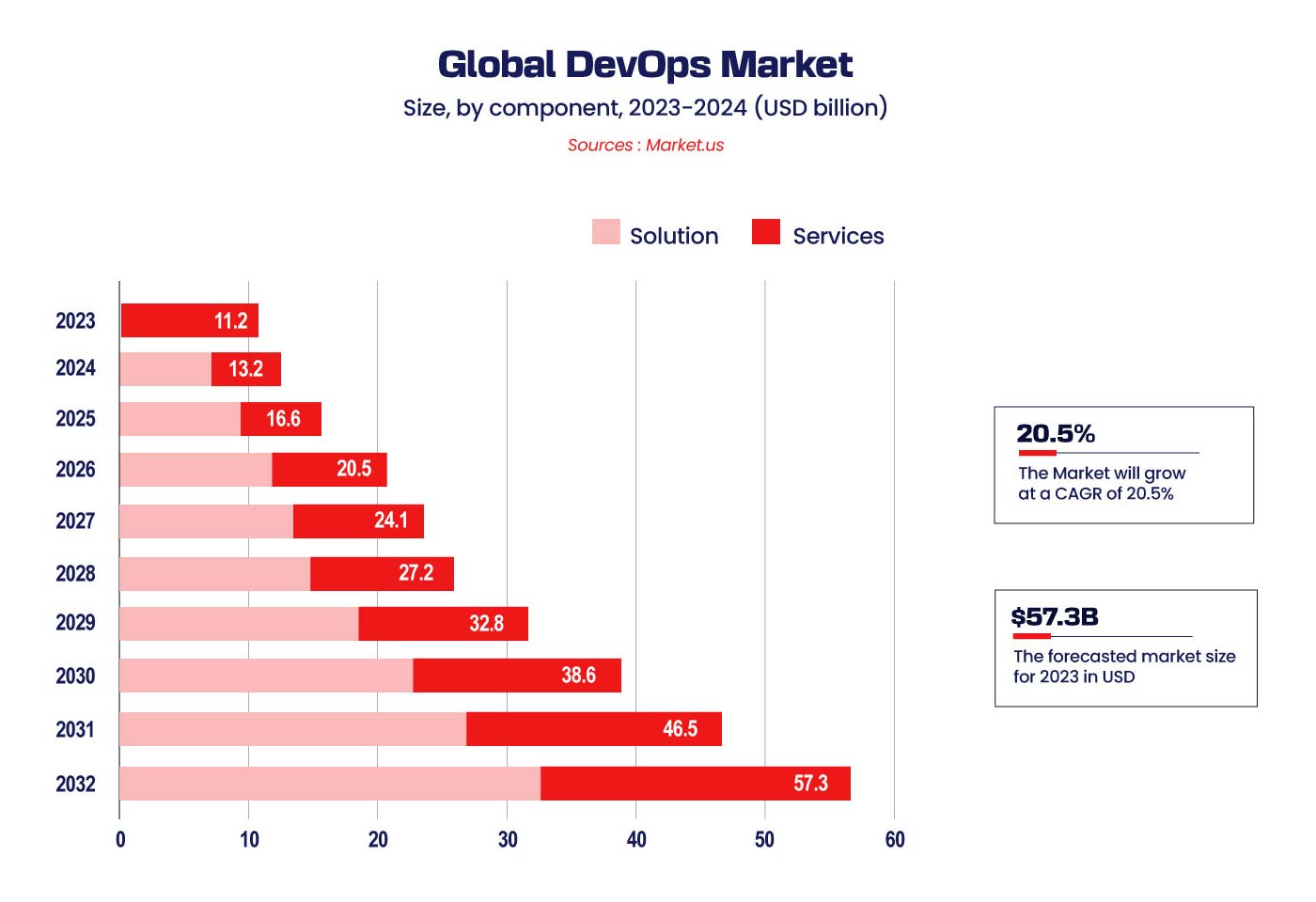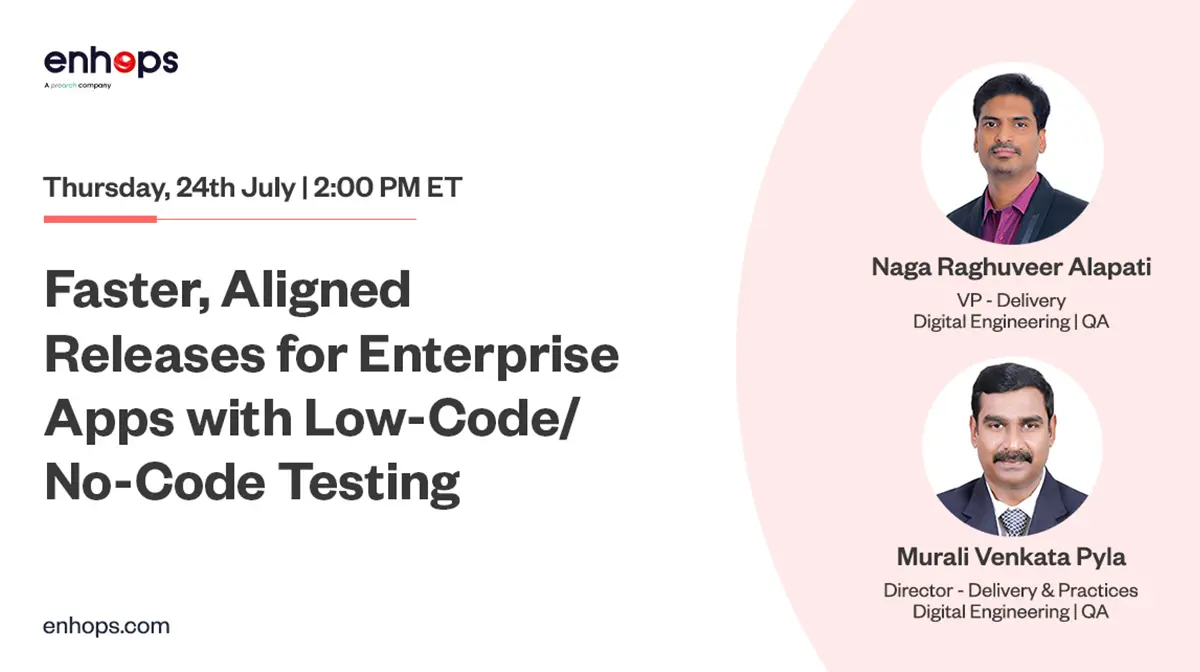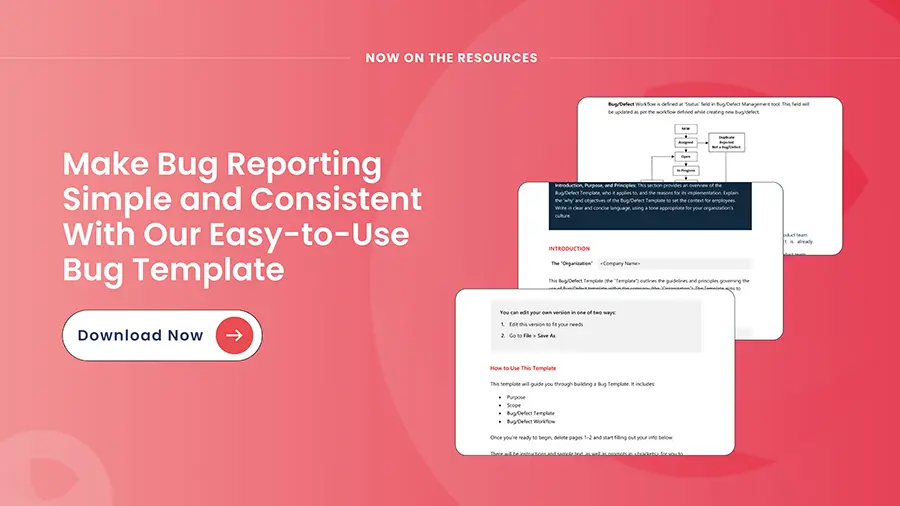It is no exaggeration to say that DevOps is running most of the successful software development operations today. With DevOps, it has become an entirely new way of delivering value. According to the Harvard Business Review, 86% of organizations worldwide now recognize its essential value, with 80% actively adopting it, whether they are tech companies or large enterprises (Source: Puppet).

Looking ahead, DevOps, alongside other emerging technologies, is poised for further evolution. This sets the stage for 2024 to be another pivotal year for DevOps, with the emergence of new tools and trends shaping the landscape not just in 2024 but in the years beyond. While specifics of these developments remain uncertain, it’s an exciting time to anticipate what lies ahead in the world of DevOps.
Let’s narrow our focus to the top trends that are expected to shape and influence the industry in 2024 and beyond.
The Rise of Autonomous Operations
Hand-in-hand with AI comes a push towards greater automation and autonomous operations capabilities. Technologies like Kubernetes, Terraform and Ansible have matured to the point where machines can handle many routine operational tasks. Containers and Kubernetes have cemented their position as the deployment standard in most organizations. In 2024, Kubernetes dominance will grow as complexity increases due to distributed applications across multi-cloud or hybrid cloud environments.
Teams will leverage Kubernetes’ portability for easy application deployments across on-prem and cloud environments. Its scalability will help manage sophisticated workloads and orchestration needs. Machine learning and data-driven intelligence will augment a wide range of DevOps processes from test automation to release decisions. ML algorithms will power capabilities like auto-healing incidents, smarter test case selection, predictive bottleneck identification, and automated root cause analysis.
AI-enabled systems can self-heal, auto-remediate issues, optimize capacity, and require far less human babysitting. Of course, human oversight remains critical, but the goal of “NoOps” is clearly gaining momentum. This promises to alleviate key pain points around managing complex, large-scale systems.
Observability Gaining Momentum
Observability is becoming mandatory for running digital services. Modern systems require deep visibility into all layers – infrastructure, networks, apps, databases, etc. As software systems grow more complex across distributed, cloud-based architectures, simply monitoring metrics and uptime is no longer enough, now robust observability is crucial for diagnosing and debugging faster. Teams now require deeper observability into logs, metrics, and traces to quickly troubleshoot issues.
Intelligent Security Orchestration
With infrastructure and security tools proliferating, intelligently orchestrating security is becoming critical. Security orchestration, automation and response (SOAR) solutions are emerging to unify workflow automation, incident response triage, and coordination across teams and tools. Machine learning also powers threat detection, anomaly alerting and risk scoring. The end goal is to make security processes and responses more intelligent, rapid, and automated in line with DevOps velocity.
Rather than just doing security testing at the end, teams are shifting left to address it from the initial design phase and making it a shared responsibility between security and development teams. This is enabled by new security tools like SAST (static application security testing) and DAST (dynamic application security testing) that integrate earlier into the DevOps toolchain. Cloud security posture management is also gaining popularity. Expect to see even more emphasis on making security a priority across the lifecycle.
Platform Engineering Principles Gain Traction
A platform-centric approach is becoming integral to DevOps at enterprise scale. There is growing emphasis on adopting platform engineering approaches to enable self-service, improve reuse and enforce standards. Leading organizations like Netflix, Uber and Airbnb rely on strong platform teams to empower their development velocity. Well-designed platforms strike the right balance between standardization and flexibility for application teams.
Platform teams provide simplified templates and managed services that application teams can consume. Platform capabilities like runtimes, databases, messaging and caching act as force multipliers. Investing in hardened platform capabilities allows organizations to scale efficiently. They facilitate innovation by making it easy to use preferred languages and frameworks. As DevOps expands, we expect platform engineering principles to be increasingly adopted.
GitOps Reaches Mainstream
GitOps – the practice of using Git as the single source of truth for declarative infrastructure and environments – is gaining widespread adoption. Organizations scaling DevOps are adopting GitOps for the configuration consistency and auditability it provides. With GitOps, infrastructure-as-code and environments are version controlled right alongside application code. Teams use pull requests and reviews to manage changes, providing coordination and visibility. Robust RBAC controls on top of Git provide role-based access control. The declarative approach also lends itself well to policy-as-code automation.
The Serverless Revolution
Serverless architectures are gaining rapid adoption and reshaping how modern applications are built. With serverless, developers can focus on writing code without having to provision and manage infrastructure.
Serverless platforms like AWS Lambda, Google Cloud Functions and Microsoft Azure Functions allow teams to deploy event-driven functions that auto-scale based on usage. This pay-per-execution model means organizations only pay for the resources their apps consume.
The serverless model directly enables key DevOps principles and practices. Some key connections:
- Infrastructure as Code – Serverless configurations are defined as declarative code, allowing version control, review, and CI/CD pipelines for infrastructure changes.
- Reduce ops burden – Serverless eliminates server provisioning, OS maintenance, capacity planning etc. allowing developers to focus on building features.
- Automated scaling – Serverless platforms automatically scale applications up and down based on demand, improving resource utilization.
- Faster experimentation – Developers can quickly try new ideas and innovations without waiting for infrastructure approvals.
- Monitoring and observability – Serverless platforms provide native monitoring, tracing, and logging to observe application behavior.
- Iterative development – Functions can be easily changed and redeployed, speeding up edit-build-run cycles.
- Cost reduction – Pay per use pricing and automated scaling optimizes costs and reduces waste.
Future of DevOps is Rapid and Accelerated DevOps
We see the future of DevOps as Rapid and Accelerated DevOps. This means teams that are already pursuing DevOps would expedite their operations in AI-ML-NoOps-Gen AI Ops in the fastest way possible.
We anticipate a continued emphasis on speed and stability, complemented by the strategic integration of AI to address issues proactively. Concepts like mastering multi-cloud environments, streamlining deployments through GitOps, and embracing Infrastructure as Code practices are set to drive businesses toward unprecedented operational flexibility.
The global landscape of DevOps presents an intriguing picture. Organizations with robust IT infrastructures are widely adopting DevOps, benefiting from streamlined processes and reduced costs. Meanwhile, others recognize DevOps’s transformative potential as they expand their digital infrastructures. Embracing cloud technologies and automation, DevOps is poised to unlock operational excellence and bridge technological gaps.



